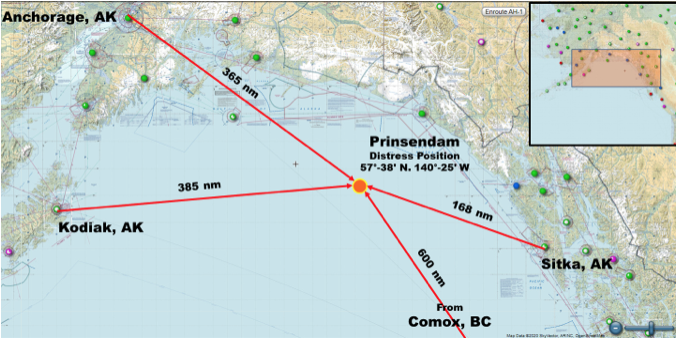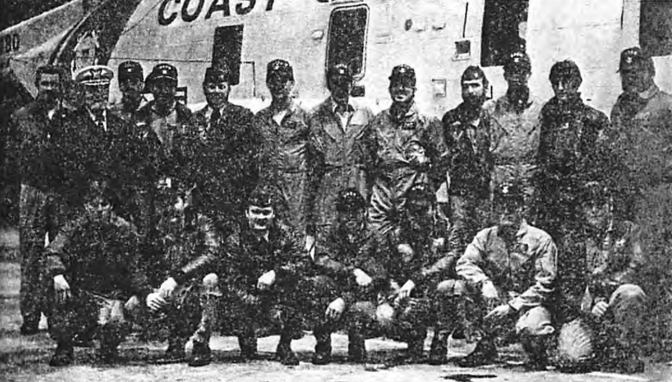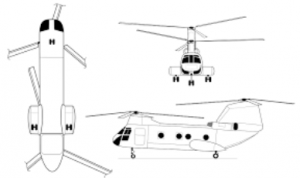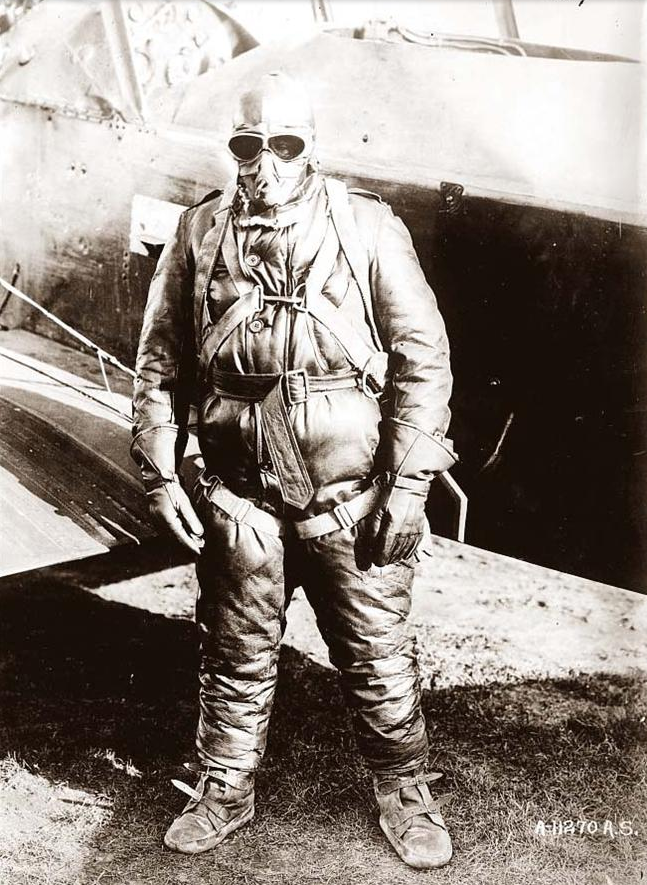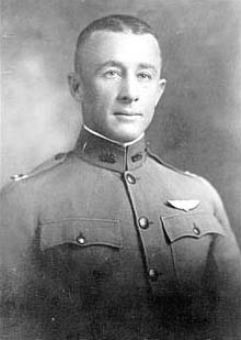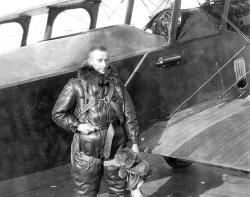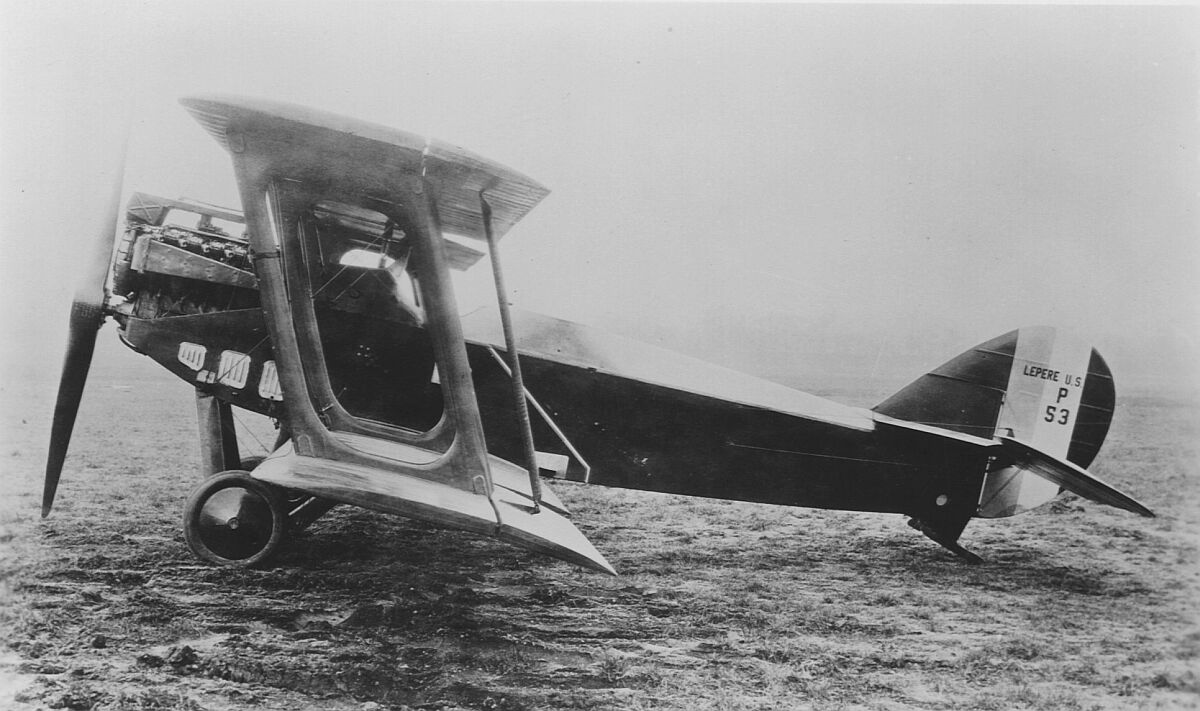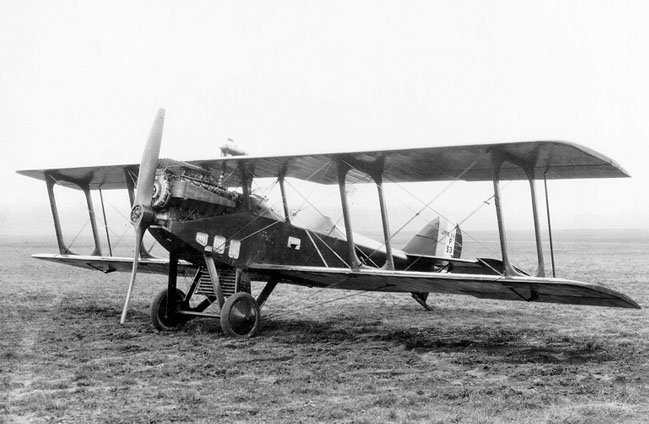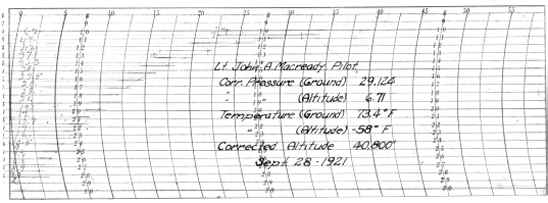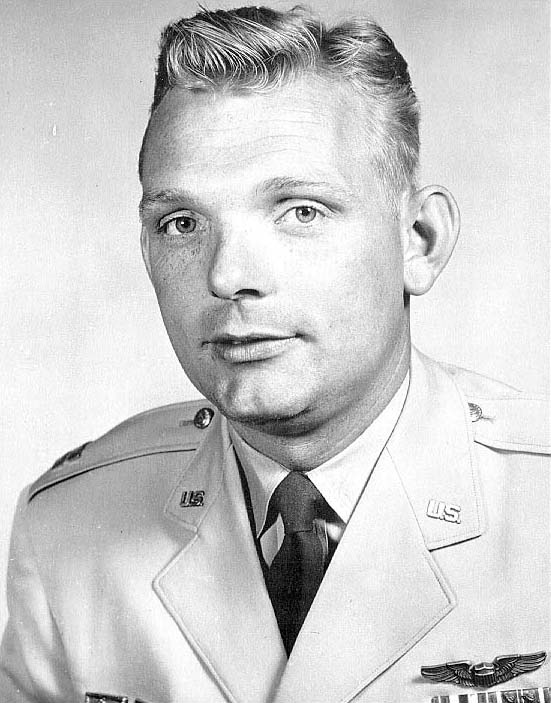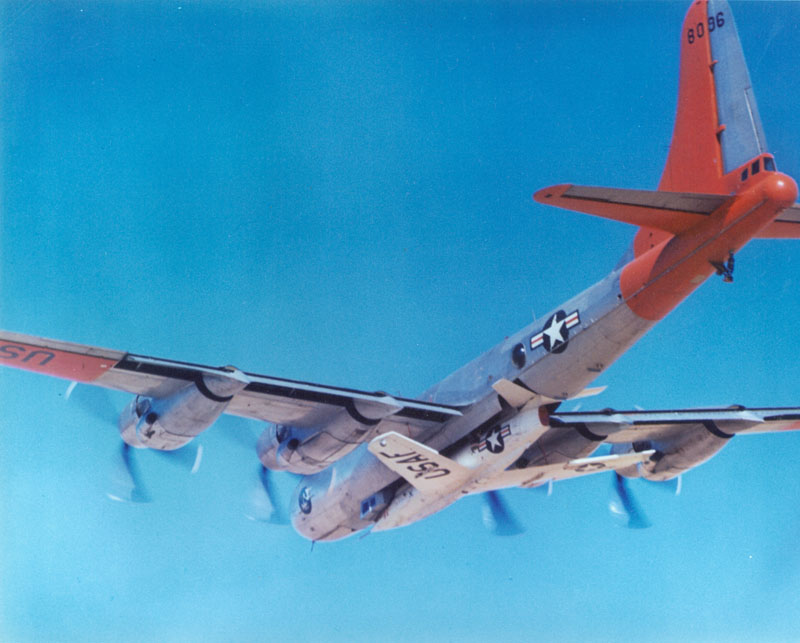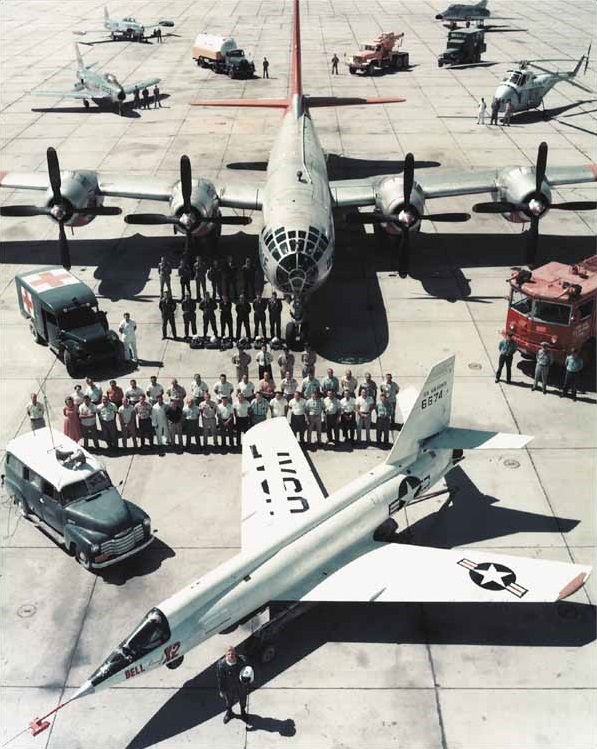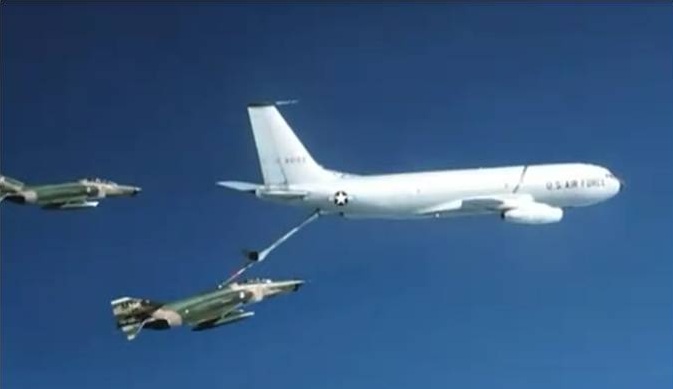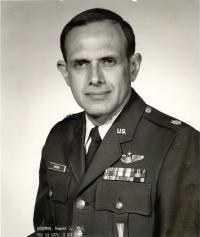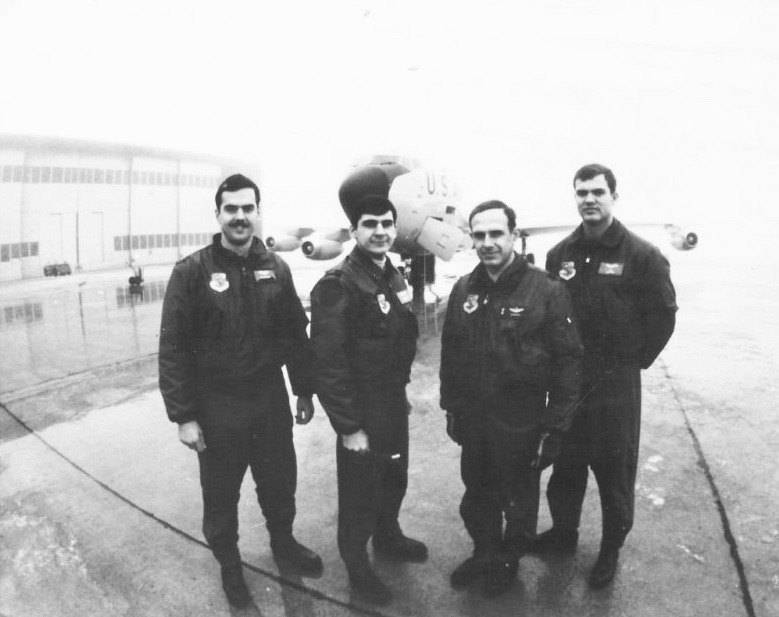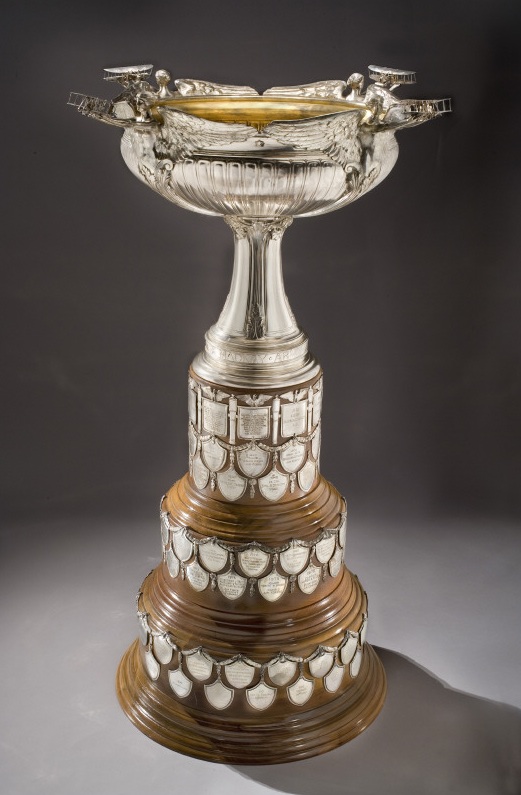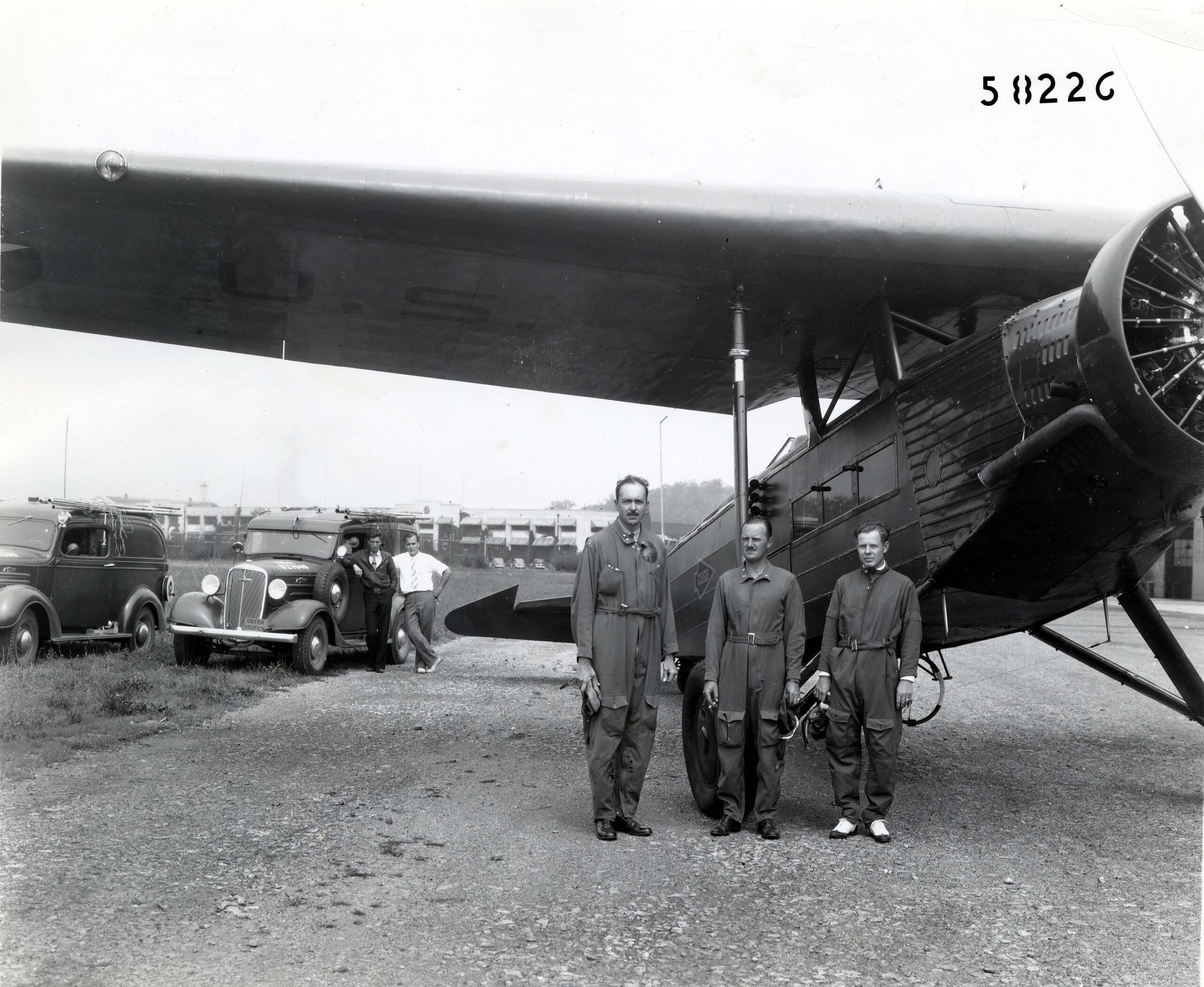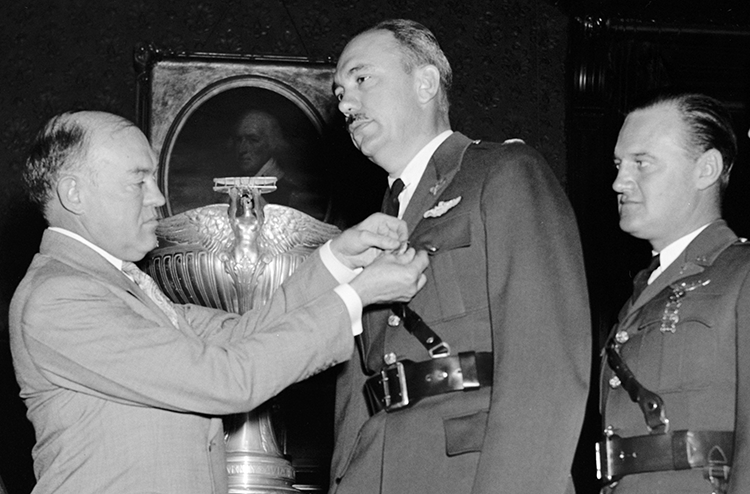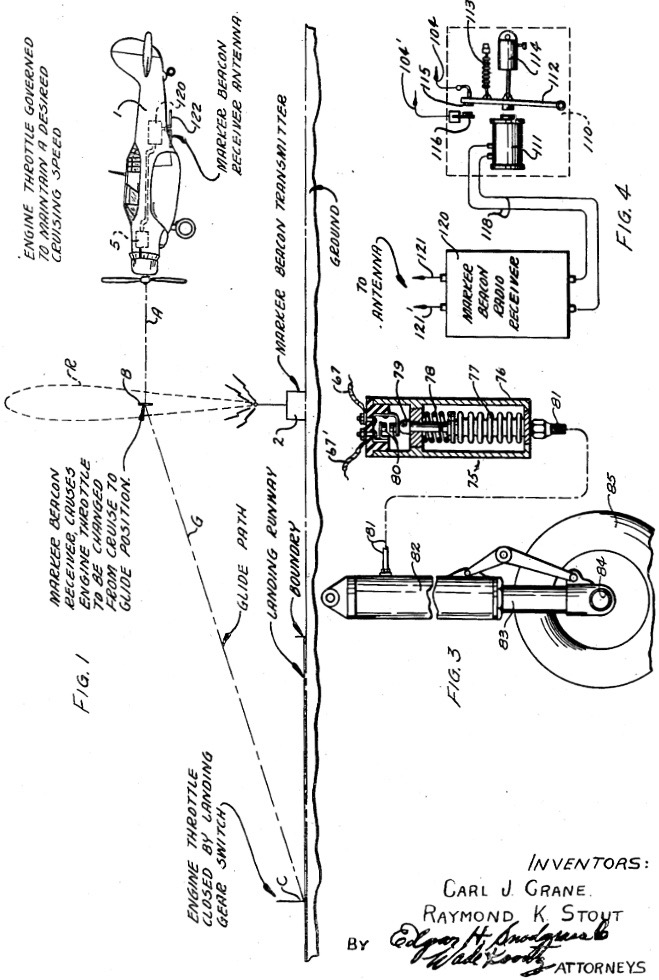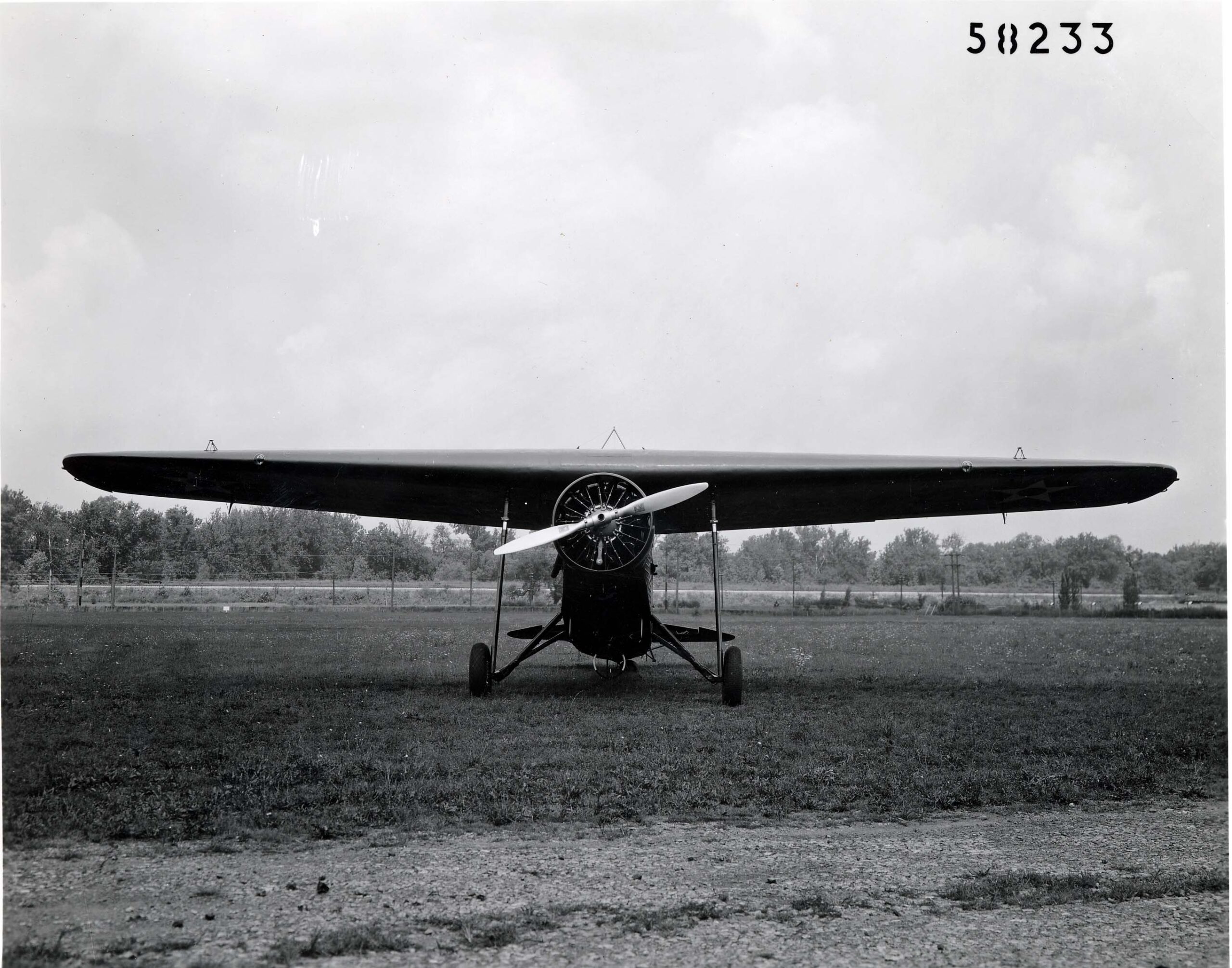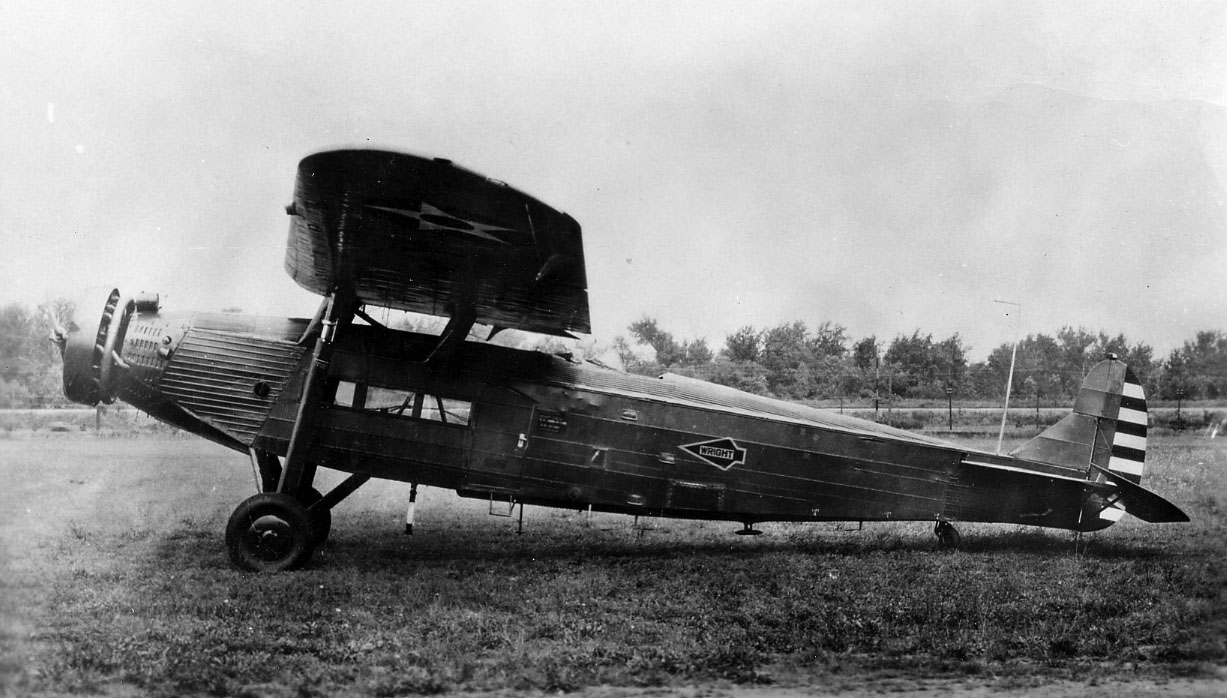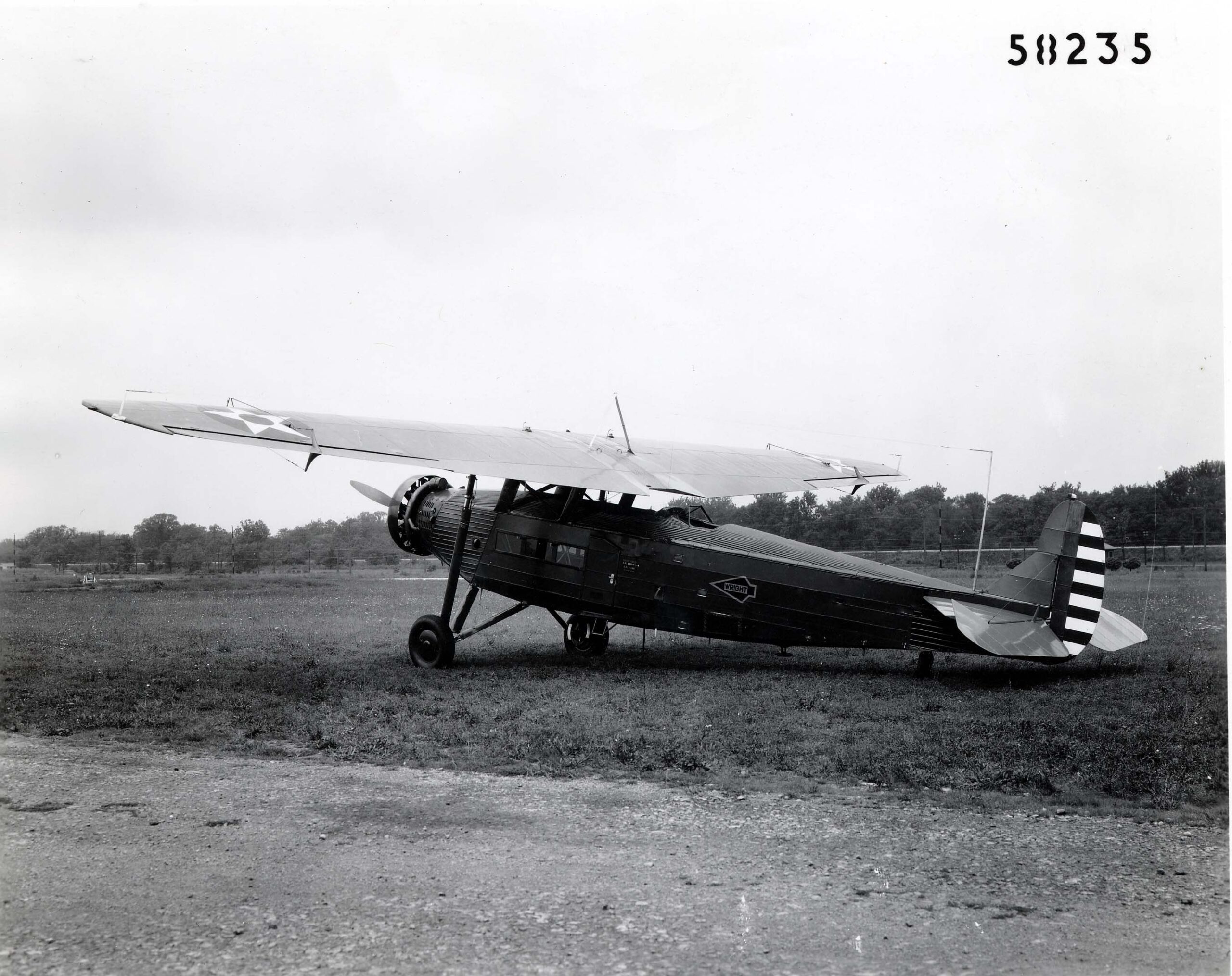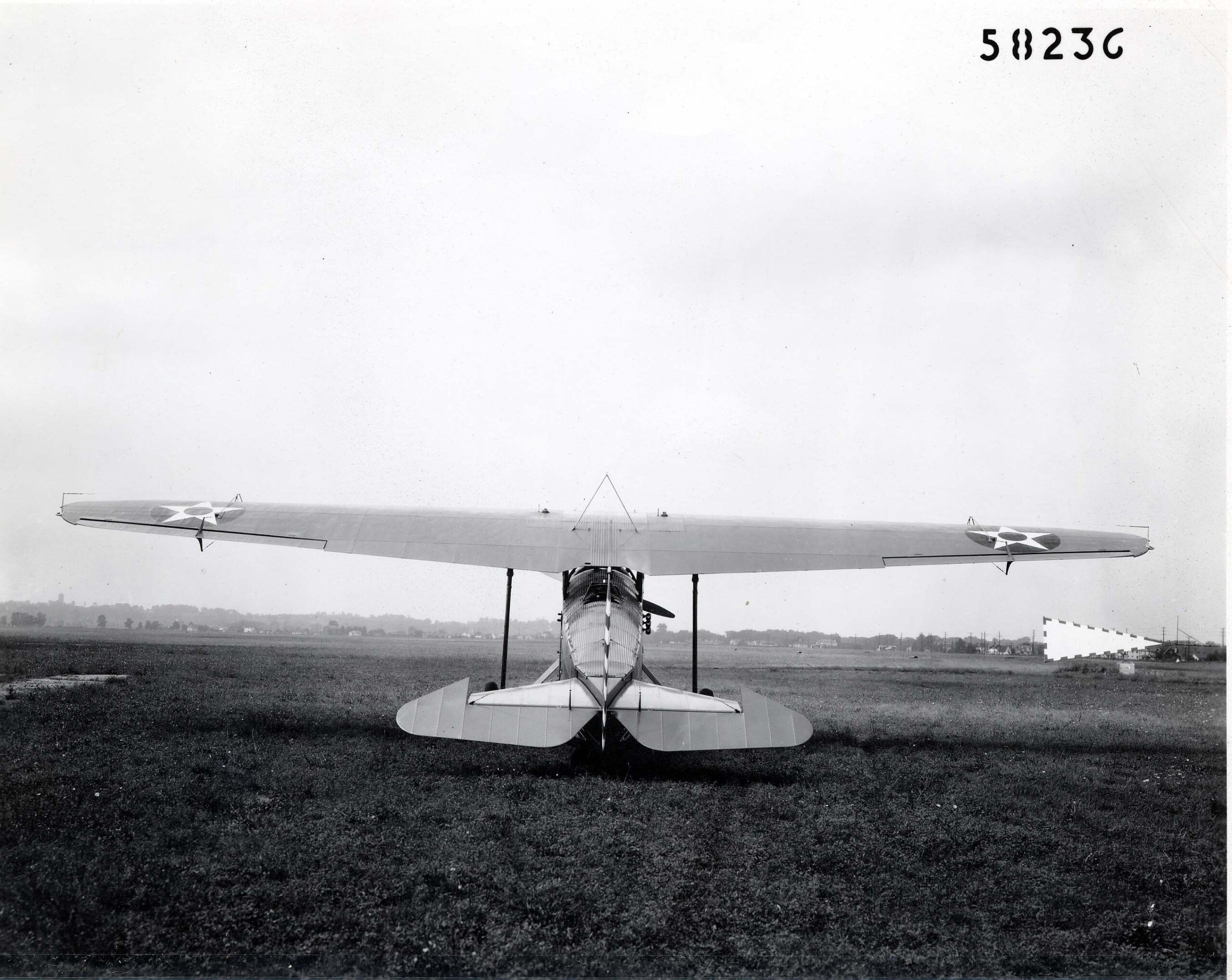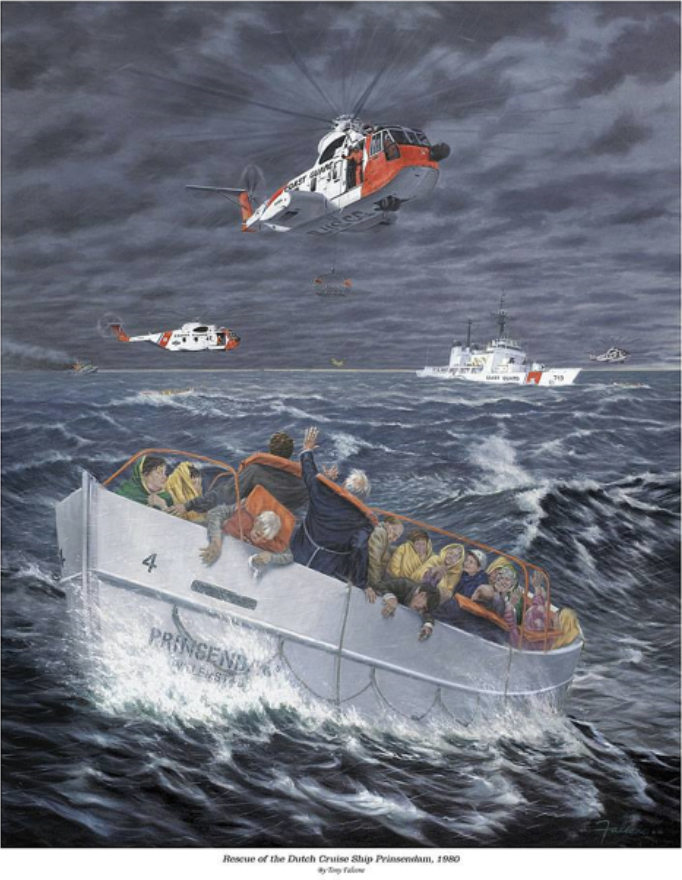 MIRACLE RESCUE: Cruise Liner PRINSENDAM—04 October 1980
MIRACLE RESCUE: Cruise Liner PRINSENDAM—04 October 1980
by Captain Sean M. Cross, United States Coast Guard (Retired)
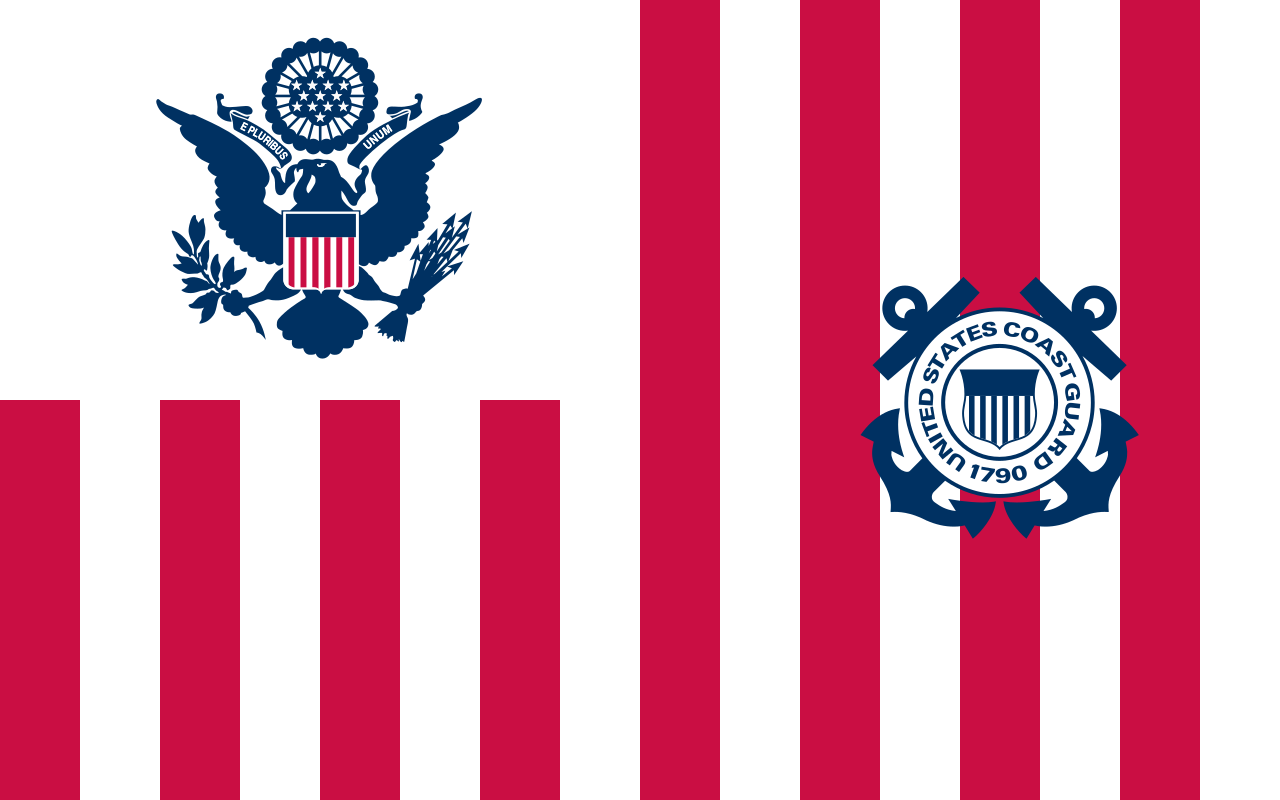 On this day in 1980, the United States Coast Guard led one of the nation’s largest search and rescue cases when the 519 passengers and crew of the Dutch cruise liner PRINSENDAM were forced to abandon ship more than 130 miles (209 kilometers) off the coast of Alaska after an engine room fire spread throughout the vessel. Over the course of 24 hours, rescue aircraft deployed from Coast Guard Air Stations Sitka and Kodiak, AK. would work side-by-side with the U.S. Air Force, Royal Canadian Armed Forces as well as U.S. Coast Guard Cutters BOUTWELL, WOODRUSH, MELLON and an AMVER-tasked (Automated Mutual-Assistance Vessel Rescue System) tanker WILLIAMSBURG to rescue all hands from 12 to 15 foot (18–24 meters) seas and 25 to 30 knot (13–15 meters per second) winds generated by a nearby Arctic typhoon.
On this day in 1980, the United States Coast Guard led one of the nation’s largest search and rescue cases when the 519 passengers and crew of the Dutch cruise liner PRINSENDAM were forced to abandon ship more than 130 miles (209 kilometers) off the coast of Alaska after an engine room fire spread throughout the vessel. Over the course of 24 hours, rescue aircraft deployed from Coast Guard Air Stations Sitka and Kodiak, AK. would work side-by-side with the U.S. Air Force, Royal Canadian Armed Forces as well as U.S. Coast Guard Cutters BOUTWELL, WOODRUSH, MELLON and an AMVER-tasked (Automated Mutual-Assistance Vessel Rescue System) tanker WILLIAMSBURG to rescue all hands from 12 to 15 foot (18–24 meters) seas and 25 to 30 knot (13–15 meters per second) winds generated by a nearby Arctic typhoon.
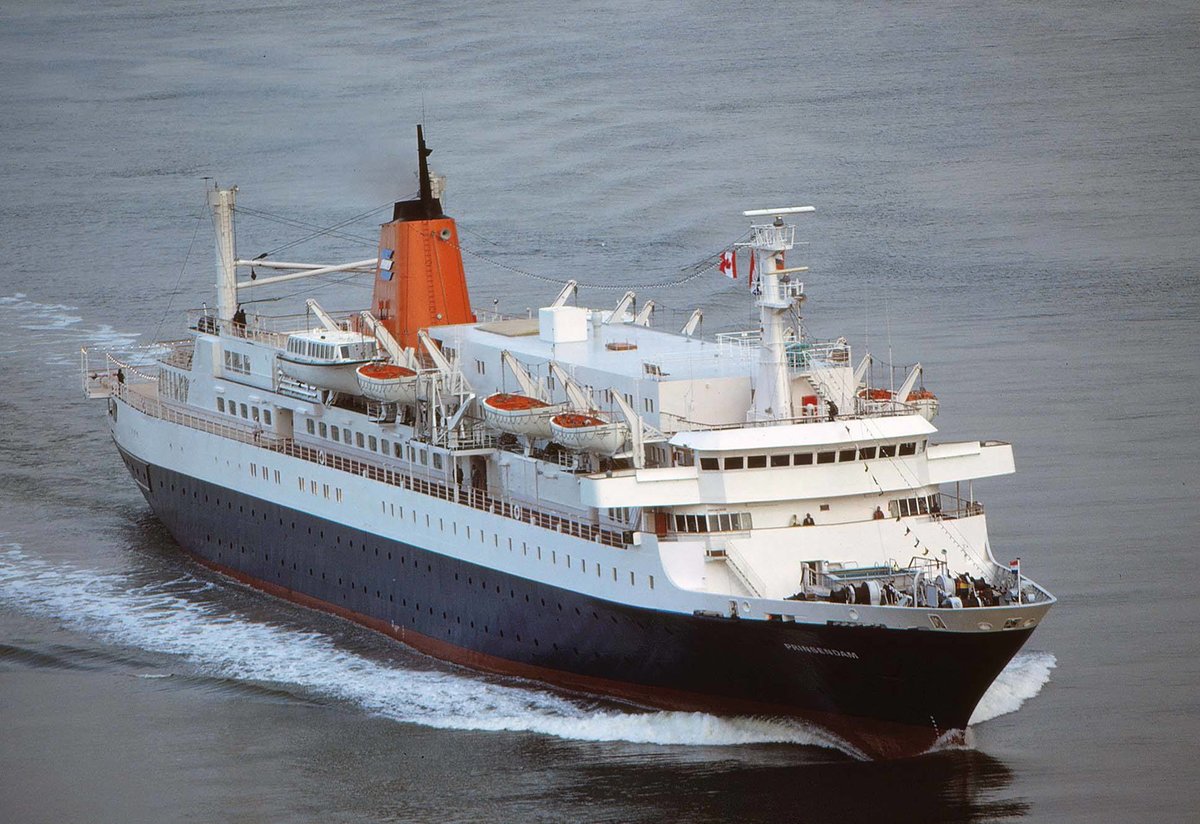
The PRINSENDAM was a 427-foot (130 meters) long cruise liner built in 1973. The liner was transiting through the Gulf of Alaska, approximately 120 miles (193 kilometers) south of Yakutat, Alaska, at midnight October 4, 1980, when fire broke out in the engine room. With conditions too dangerous for the deployment of small boats from the ships, most survivors were hoisted and ferried to surface ships while some were ferried to shore during helicopter refuel transits. The helicopters would then refuel and head back out to the scene for their next load of passengers. Still others were forced to climb aboard the tanker and cutters with the help of two Air Force pararescuemen while hypothermic.
The rescue of the PRINSENDAM was particularly significant because of the distance traveled by the rescuers, the coordination of independent organizations and the fact that all 519 passengers and crew were rescued under challenging environmental conditions without loss of life or serious injury.
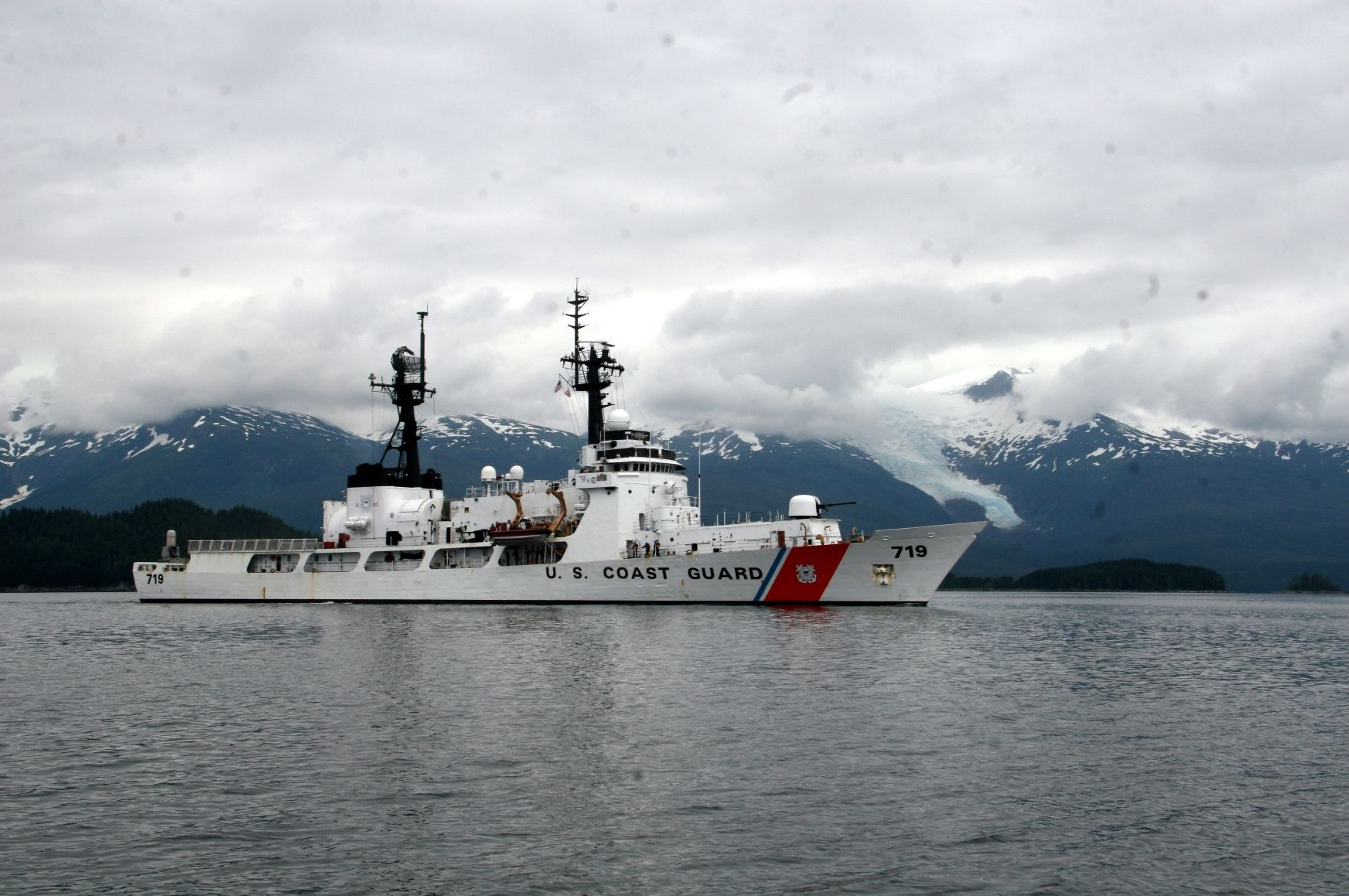
The following aircraft participated:
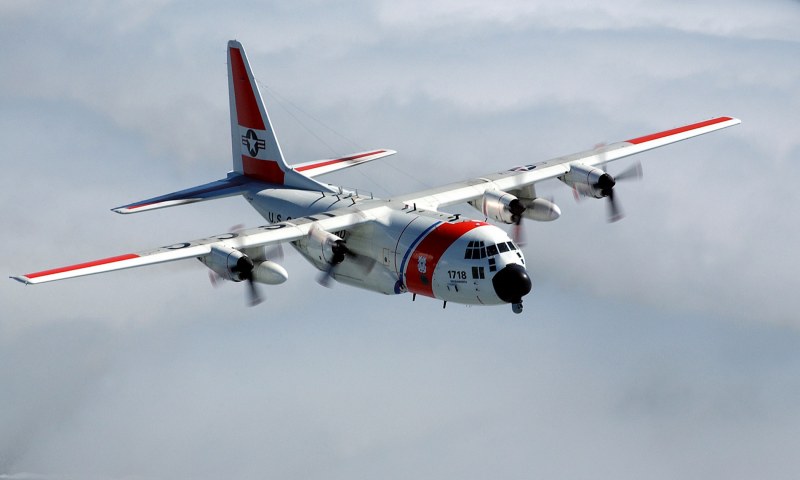
• Two Coast Guard HH-3F helicopters and two HC-130H aircraft from Air Station Kodiak. Distance 385 nautical miles (443 statute miles/713 kilometers) from PRINSENDAM.
• Alaskan Air Command Rescue Coordination Center (RCC), Elmendorf Air Force Base, Anchorage and 71st Aerospace Rescue and Recovery Squadron: one HH-3E helicopter and one HC-130H Hercules. Distance: over 370 nautical miles (426 statute miles/595 kilometers).
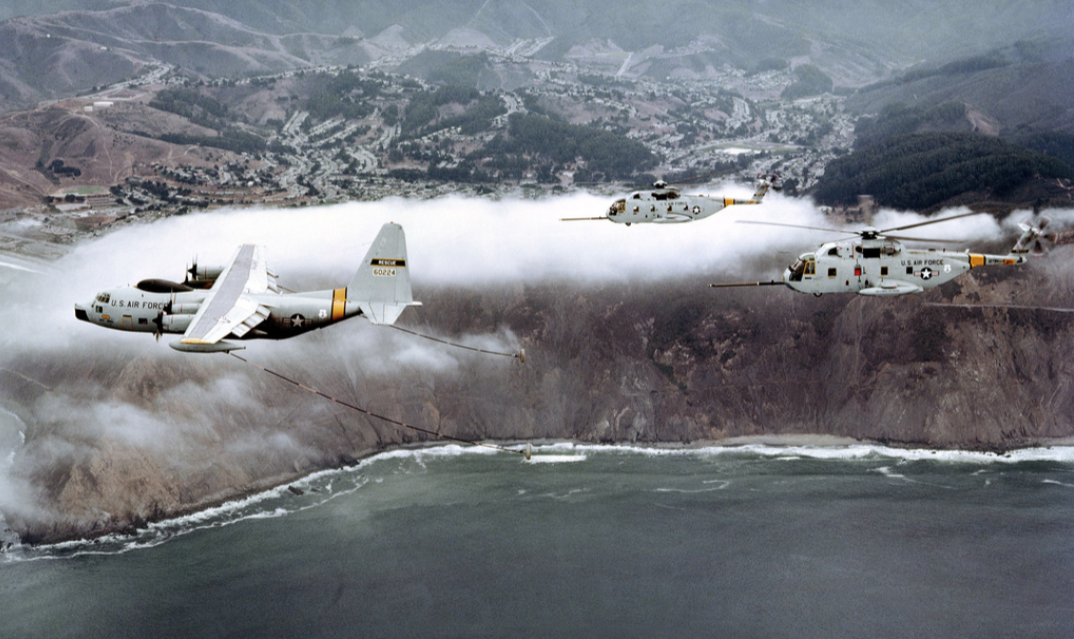
• Two Coast Guard HH-3F helicopters from Air Station Sitka. Distance: 170 nautical miles (196 statute miles/315 kilometers).
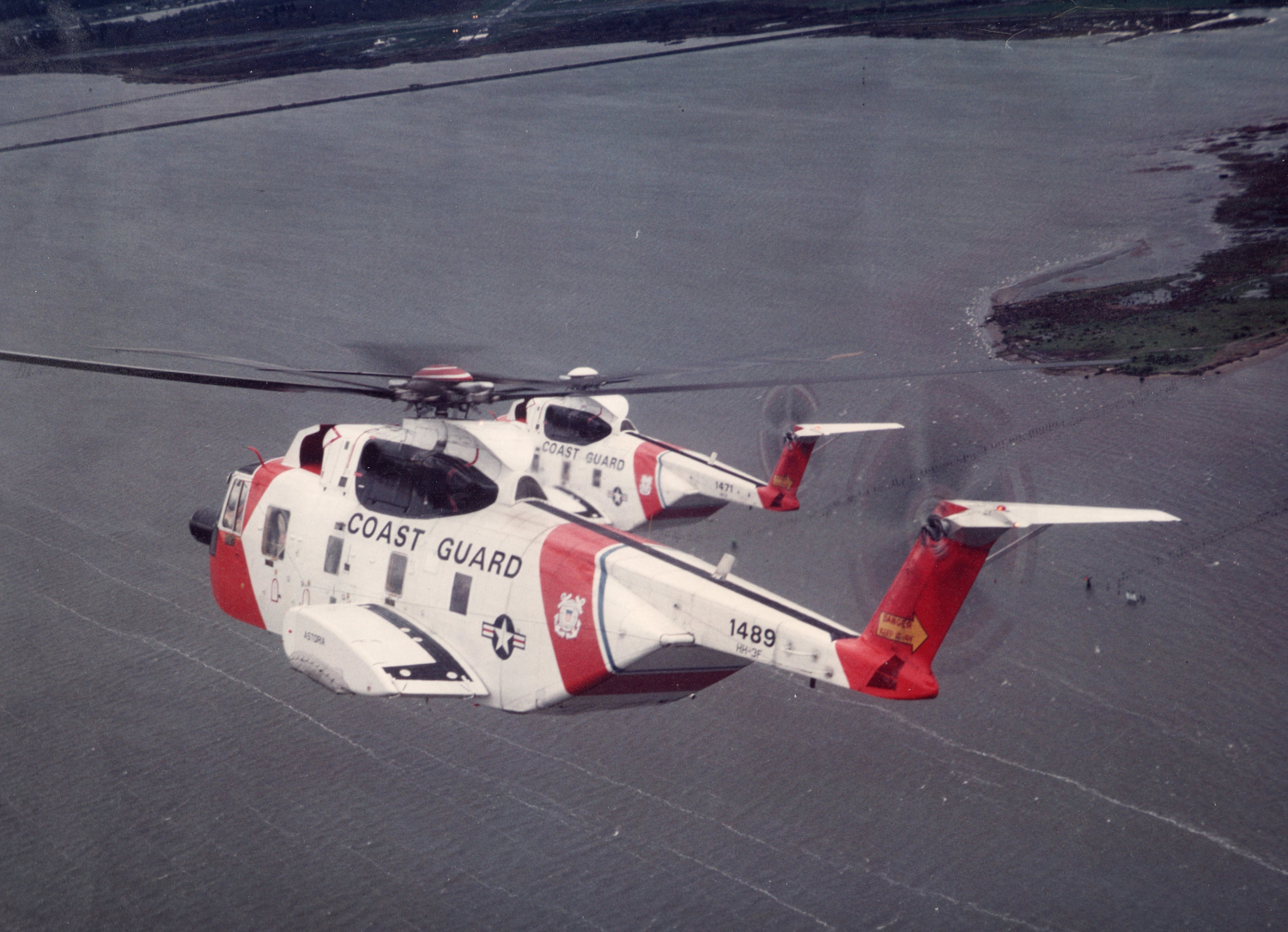
• Canadian Forces from 442 Transport and Rescue Squadron, 19 Wing Comox, British Columbia: Two CH-113 Labradors (CH-46) helicopters, two CC-115 Buffalo aircraft and one CP-107 Argus (from 407 Maritime Patrol Squadron). Distance: over 600 nautical miles (690 statute miles/1,111 kilometers).
U.S. Coast Guard rescue coordination centers began receiving Morse code SOS distress signals from the PRINSENDAM reporting a fire onboard a few minutes prior to 1 a.m. Saturday morning October 4, 1980. A few hours later, at 05:08 a.m., with fire visible on deck, 329 passengers were directed to take to lifeboats about 120 miles offshore in the frigid Gulf of Alaska.
The on-scene operation required unrehearsed teamwork by the U.S. Coast Guard, the U.S. Air Force and two Canadian units flying in close proximity. Overhead, the five long-range reconnaissance aircraft including the U.S. HC-130Hs and the Canadian CP-107 Argus aircraft staged and coordinated helicopter assets while acting as long range communication platforms. Behind the scenes, CC-115 Buffalos from the 442 Squadron operated a shuttle service between shore bases and staging areas, carrying medics, firefighters, supplies, fresh helicopter crews and rescued passengers.
The first 12 to 24 hours of a distress incident offers the best chance of successful rescue and recovery of survivors. After 48 hours chances of a successful rescue and recovery decrease rapidly. The remote and isolated location of the burning PRINSENDAM (and its lifeboats and life rafts) was barely within the timely response capability of the personnel and equipment available. The risks included—but were not limited to—climatic, season, weather, distance from shore and logistics of getting rescue teams and resources to the burning PRINSENDAM’s location. The survivability hazards to both survivors and rescuers included—but were not limited to—remoteness and isolation of the PRINSENDAM’s location from help, water temperature, worsening weather and sea conditions combined with duration the survivors would be vulnerably exposed to the furry of sea and weather. The remnants of Typhoon Thelma heading directly towards the incident area would result in the operational environment becoming more perilous during the on-going rescue operations.
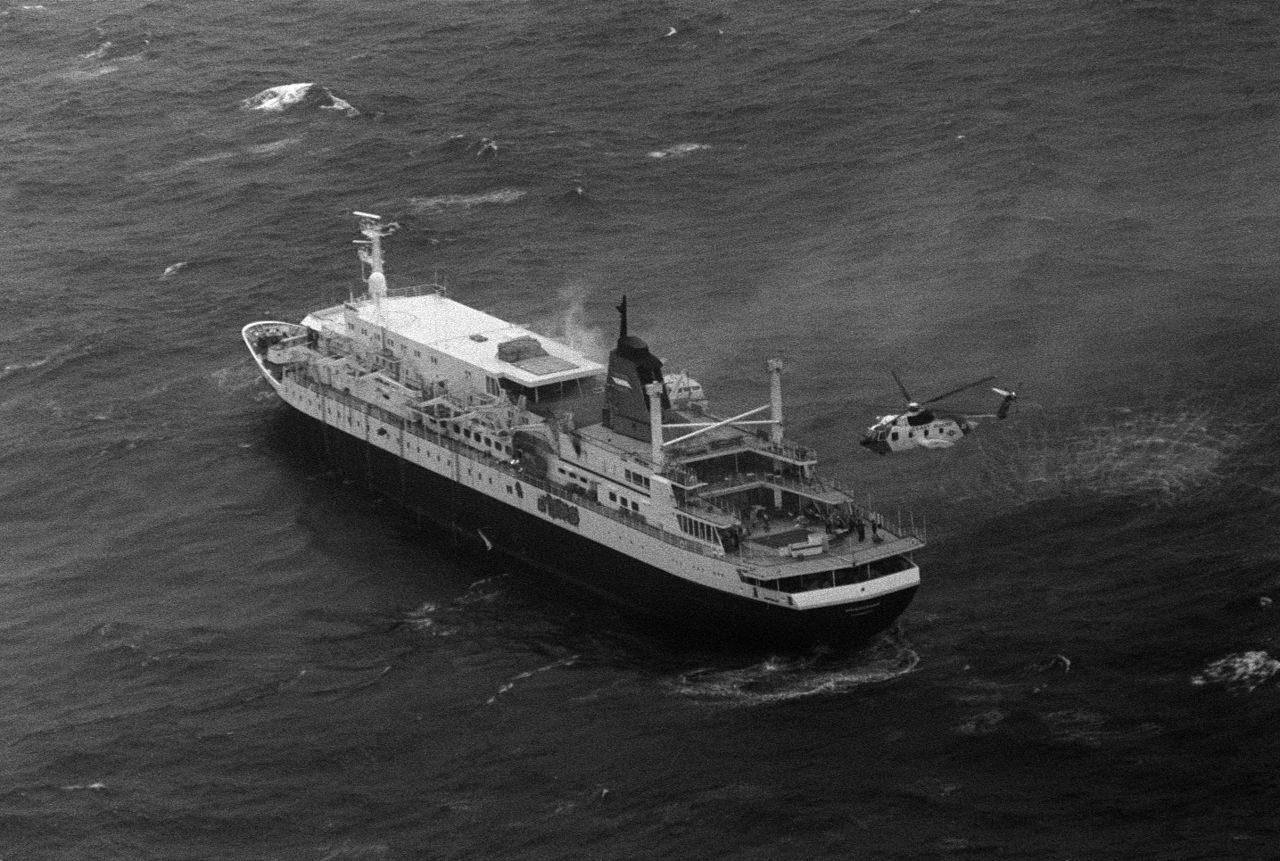
Commander Bruce Melnick, USCG (Retired), who was also designated Coast Guard Astronaut Number 1 in 1992, participated in the rescue as an HH-3F pilot and made the following comments in a 26 October 2016 interview:
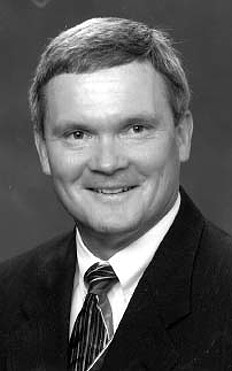
“I was on the Prinsendam mission, where there was a Dutch ship from Holland, America cruise lines called the Prinsendam, where I was the SDO that night and we got a call, and the radioman thought the name of the boat was the “Prince and Don” and I said, “Wow. That’s …” and he said, “It’s on fire and it’s out here somewhere.” So, I ran over to the radio room and then I was aware of the cruise ship Prinsendam, how it used to come into the port of Sitka, and so I said … I can’t remember the name of the radioman’s name. I’m sorry. I said but, “That’s the Prinsendam. That’s the big cruise ship and they’re on fire.” So, we talked to RCC and Juno and we launched out, flew out there. They were probably 180 miles away and when we got out there they were listing seriously to starboard and they thought they had the fire out, and then all of a sudden the fire erupted again and the captain of the ship ordered them to abandon ship. When they started to abandon ship, they had all kinds of problems and it was dark at night, and it wasn’t real bad weather yet. There was like a 10-foot swell, but it wasn’t real bad yet. So, we used the night sun ¹ on the H-3 to illuminate the people abandoning ship and we were there until just about everybody got off the ship, and then we were low fuel. By this time, the rest of the resources were being called in.
“The Canadian Forces, the Kodiak Coast Guard, the Elmendorf Air Force Base. I mean we had alerted everybody, and we flew into Yakutat for fuel. We got into Yakutat, we refueled and came back out and by that time, there was a C-130 on scene, some other forces were on scene and the winds had started to pick up real bad. About the time we got on scene, the rest of the helicopters had to go back in for refuel. Now the seas are you know, 15 feet, wind blowing and we looked down and we called back to the on scene commander and said, “We think we need to start hoisting these people,” because the tanker Williamsburg, great big, super tanker was out there and they were trying to get these people over to the side of the ship, the big tanker and climb up the Jacob’s ladders to get up onto the deck of the ship and the average age of these people was 70 years old. So we said, “We think we need to hoist these people,” and I’m not going to mention any names, but he was a senior officer from our air station said, “Whatever you do, don’t hoist those people.” Joel Thuma was the aircraft commander with me, and he was in the left seat at this time, because we had swapped seats, and he says, “Oh …you’re breaking up. I think we’re going to go ahead. I got you, we’re going to start hoisting.” So, we ended up starting the hoisting routine and everybody at the PJ started jumping in. Make a long story short, by the time my day was ended, I’d picked up 115 of the survivors, made multiple trips back and forth to the Williamsburg. At one point they had 24 survivors on the helicopter at one time, and then we took a load back to the Yakutat and anyway, we ended up picking up … we had 519 saves that day. I picked up 115 of them. Great mission and I can talk about that at a great length.”
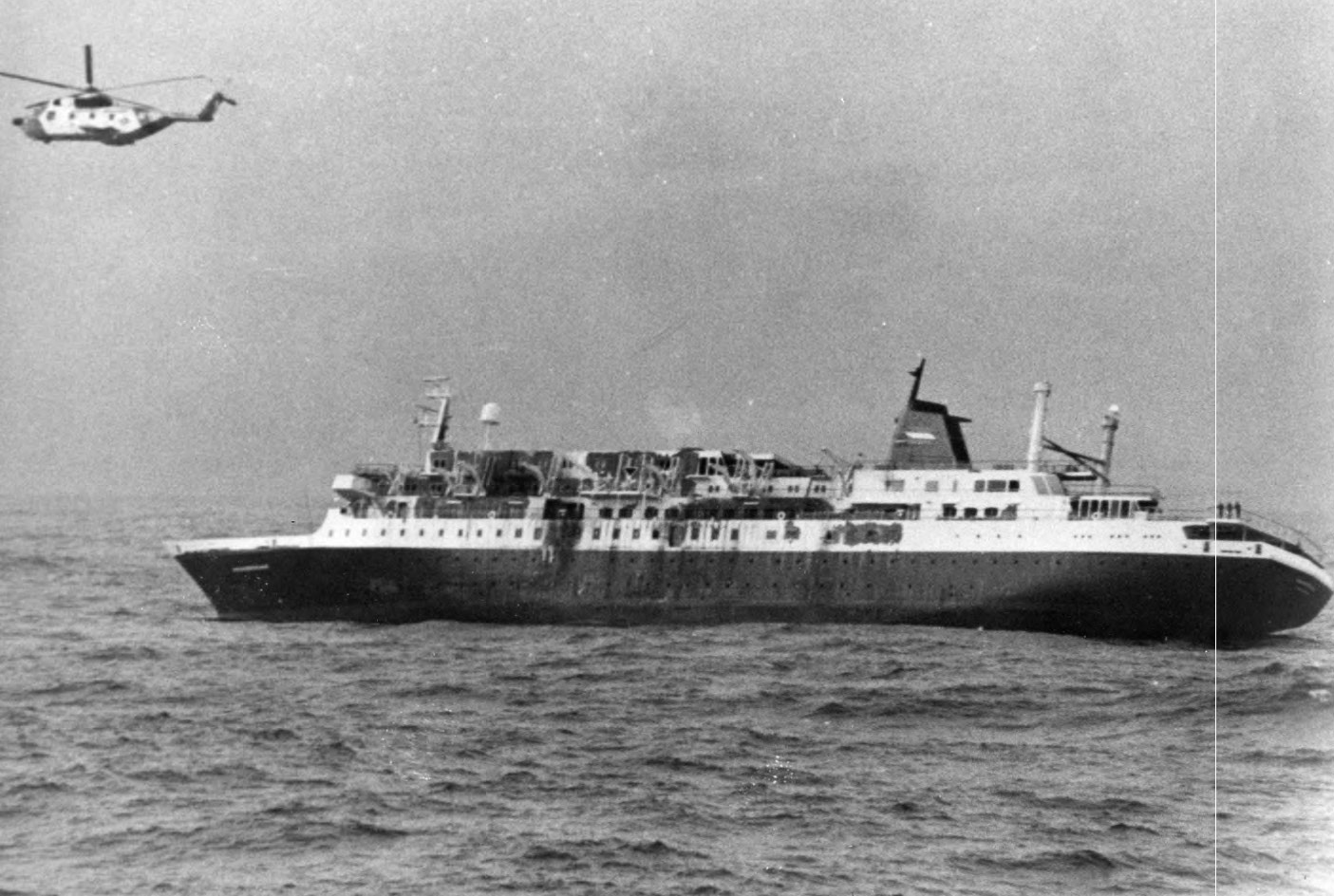
Aircrew rescue efforts continued around the clock for 24 hours. Despite the hardships and hazards of abandoning ship in the Gulf of Alaska about 120 miles offshore, all crew and passengers of the M.S. PRINSENDAM—329 passengers, 164 Indonesian crew members and 26 Dutch officers—were successfully rescued. With the exception of the U.S. Air Force HH-3E, which included an in-flight refueling probe, fuel endurance was a major factor, the other helicopters hoisted up as many people as they could from the lifeboats and dropped them on U.S. Coast Guard and AMVER surface vessels until they reached their fuel limits and returned to Yakutat, the closest point of land 130 miles away. This event led to the U.S. Coast Guard developing Helicopter In-Flight Refueling (HIFR) from surface vessels and implementing a Rescue Swimmer program. Interestingly, the next morning (05 October), BOUTWELL spotted a flare from a lifeboat containing the final 20 passengers and two Air Force technicians, completing the rescue of all 519 crewmembers and passengers. In 2007, after reaching the remarkable milestone of more than one million lives saved since 1790, the U.S. Coast Guard published a synopsis of the Top 10 rescues in the history of the Service – the PRINSENDAM rescue came in at number 2 behind the 2005 Hurricane KATRINA response. The combination of hardship, hazard, no loss of life, no significant injury has resulted in this incident being considered the greatest air-sea rescue operation in maritime history.
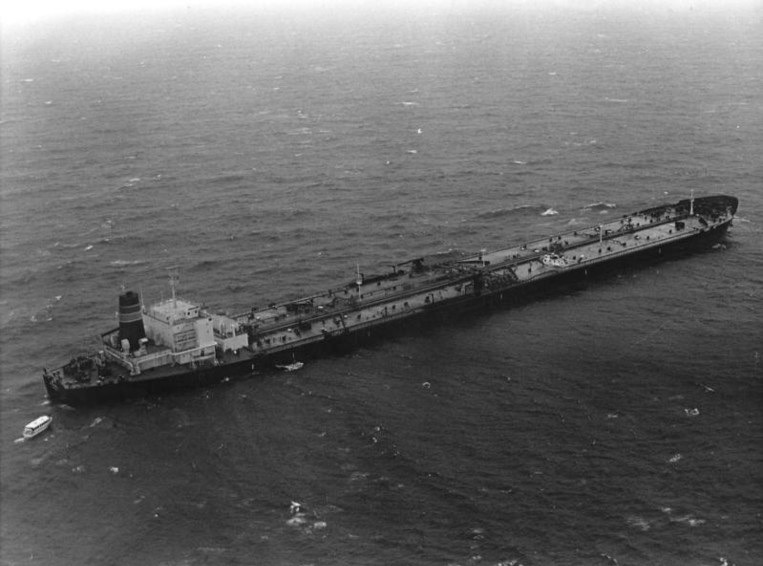
Helicopter Aircrews:
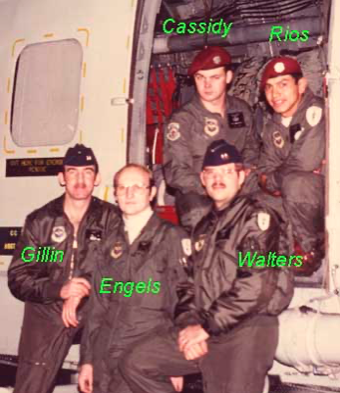 HH-3E (AF Rescue 802) crew was Captain John J. Walters-Aircraft Commander; Captain William T. Gillen-Copilot; Staff Sergeant Michael J. Engels-Flight Engineer; Staff Sergeant John F. Cassidy-Pararescue Team Leader; and, Sergeant Jose M. Rios-Pararescue Specialist.
HH-3E (AF Rescue 802) crew was Captain John J. Walters-Aircraft Commander; Captain William T. Gillen-Copilot; Staff Sergeant Michael J. Engels-Flight Engineer; Staff Sergeant John F. Cassidy-Pararescue Team Leader; and, Sergeant Jose M. Rios-Pararescue Specialist.
The Lifesavers: Crewmen of Air Station Sitka were the first on scene when PRINSENDAM sent out a distress call. Air Station Sitka flight crews: (back row, left to right) LCDR Ron Simond, CDR Chuck Peterson (commanding officer), LTJG Tom Vasilou, CDR Tom Morgan (executive officer), LCDR Ray Hiner, LCDR Joel Thuma, AT3 Richard McManigal, AE2 Andrew Falenski, LCDR Robert Knapp, AD3 Carl Saylor, ASM3 Richard Driscoll, and AT 2 Dave Cook. Front row: AE3 Ron Dupont, LT Dave Barnes, LT Bruce Melnick, AD3 Mike Oliverson, AM3 Sam Overman, AT1 Larry Weygandt, AD2 Tim Burkholder. Photo by AD1 Barfield.
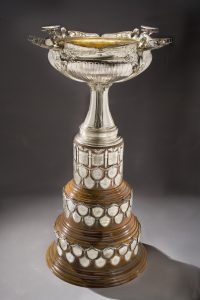
Captain John J. Walters, U.S. Air Force, of the 71st ARRS, was awarded the Mackay Trophy “For extraordinary achievement while participating in aerial flight as HH-3 Helicopter Commander in the rescue of 61, in adverse conditions, from the burning cruise ship Prinsendam.”
Captain Walters and Pararescue Specialists SSGT John Cassidy and SGT Jose Rios were awarded the Distinguished Flying Cross. Also receiving the Distinguished Flying Cross were CDR Thomas Morgan, USCG; LCDR Raymond Hiner, USCG; LCDR Robert Knapp, USCG; LCDR Joel Thuma, USCG; LT Bruce Melnick, USCG; AT2 David Cook, USCG; AD3 Mike Olverson, USCG; AM3 Samuel Overman, USCG; and AD3 Carl Saylor, USCG. LTJG Tom Vasilou, USCG, and Radio Operators AE2 Andrew Falenski and AD3 Richard McManigal were awarded the Air Medal.
Lieutenant Colonel Clifford B. Fletcher, Royal Canadian Air Force, received the Order of Military Merit.
Aircraft
Sikorsky HH-3E Jolly Green and HH-3F Pelican
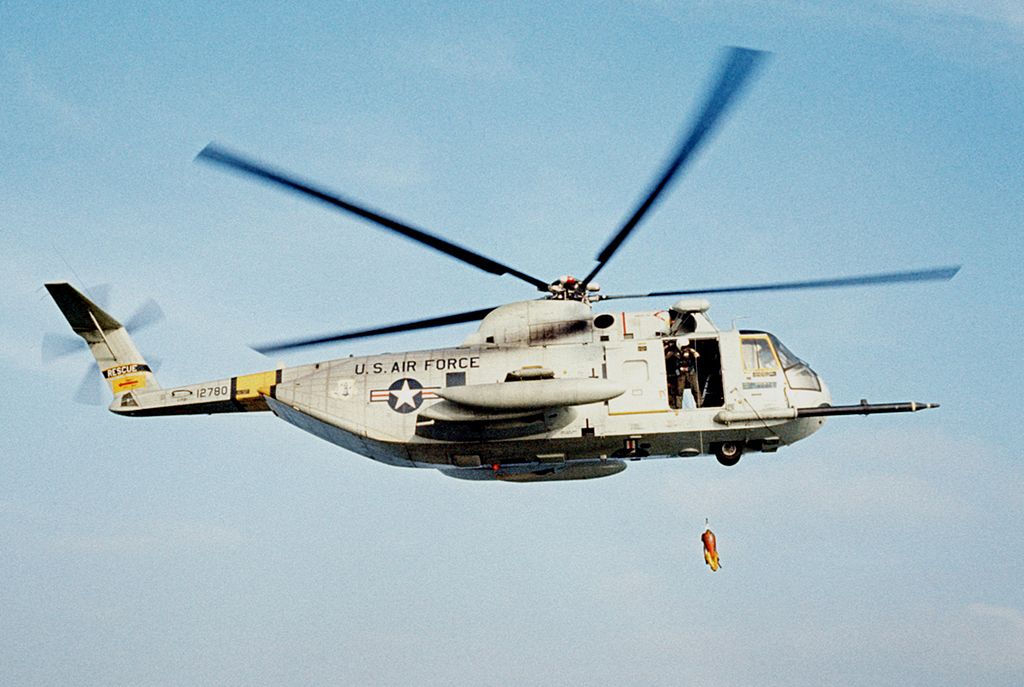
The Sikorsky HH-3E (Sikorsky S-61R) earned the nickname Jolly Green Giant during the Vietnam War. It is a dedicated Combat Search and Rescue (CSAR) helicopter flown by the U.S. Air Force, based on the CH-3C transport helicopter. The aircraft is flown by two pilots and the crew includes a flight mechanic and gunner. It is a large twin-engine helicopter with a single main rotor/tail rotor configuration. It has retractable tricycle landing gear and a rear cargo ramp. The rear landing gear retracts into a stub wing on the aft fuselage. The helicopter has an extendable inflight refueling boom (the HH-3F does not have this capability).
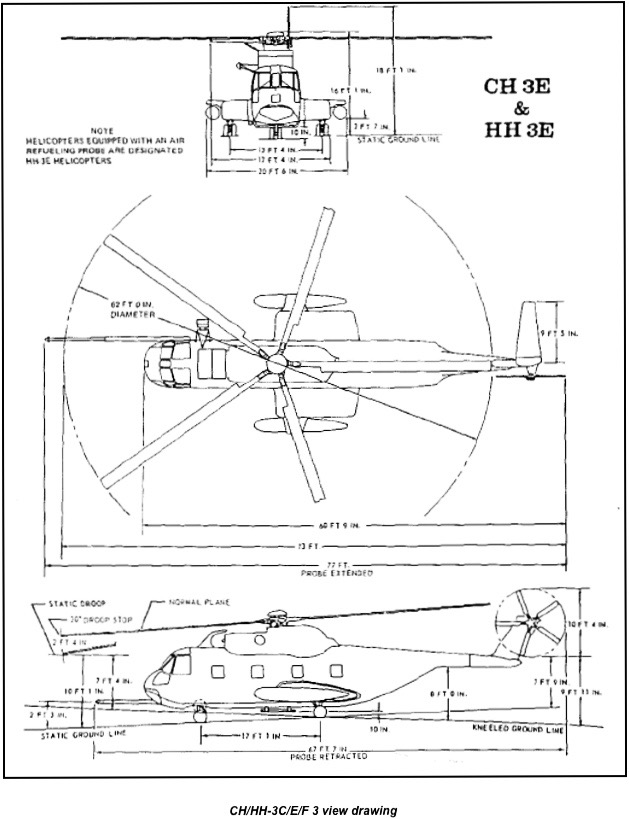
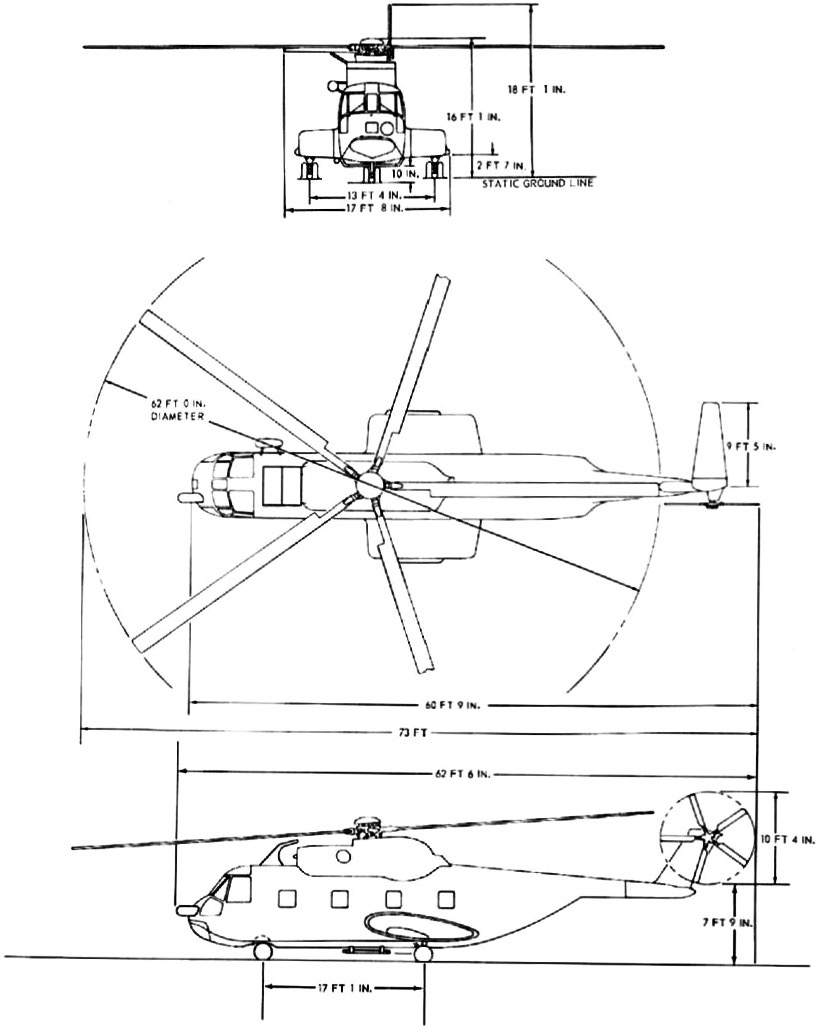
The HH-3E is 72 feet, 7 inches (22.123 meters) long and 18 feet, 10 inches (5.740 meters) high with all rotors turning. The main rotor has five blades and a diameter of 62 feet (18.898 meters). Each blade has a chord of 1 foot, 6.25 inches (0.464 meters). The main rotor turns at 203 r.p.m., counter-clockwise, as seen from above. (The advancing blade is on the right.) The tail rotor also has five blades and has a diameter of 10 feet, 4 inches (3.150 meters). The blades have a chord of 7–11/32 inches (0.187 meters). The tail rotor turns clockwise as seen from the helicopter’s left. (The advancing blade is below the axis of rotation.) The tail rotor turns 1,244 r.p.m.
The HH-3E has an empty weight of 13,341 pounds (6,051 kilograms). The maximum gross weight is 22,050 pounds (10,002 kilograms).
The Jolly Green Giant is powered by two General Electric T58-GE-5 turboshaft engines, which have a Maximum Continuous Power rating of 1,400 shaft horsepower, each, and Military Power rating of 1,500 shaft horsepower. The main transmission is rated for 2,500 horsepower, maximum.
The HH-3E has a cruise speed of 154 miles per hour (248 kilometers per hour) at Sea Level, and a maximum speed of 177 miles per hour (285 kilometers per hour), also at Sea Level. The service ceiling is 14,000 feet (4,267 meters). The HH-3E had a maximum range of 779 miles (1,254 kilometers) with external fuel tanks.
The Jolly Green Giant can be armed with two M60 7.62 mm machine guns.
The very similar HH-3F Pelican is equipped with radar, an Automatic Flight Control System (AFCS) and a navigation computer, which allowed the helicopter to fly coupled search patterns.
The HH-3F served the Coast Guard from 1969 to 1994, when it was replaced by the Sikorsky HH-60J Jayhawk. According to the Sikorsky Historical Archives, during its 25 years of service, the HH-3F saved 23,169 lives, and assisted 65,377 others.
Sikorsky built 14 HH-3Es and 40 HH-3Fs. As many as 50 CH-3Cs and CH-3Es were upgraded to the HH-3E configuration. 5 USAF HH-3Es were converted to HH-3Fs for the Coast Guard. Sikorsky built a total of 173 of the S-61R series.
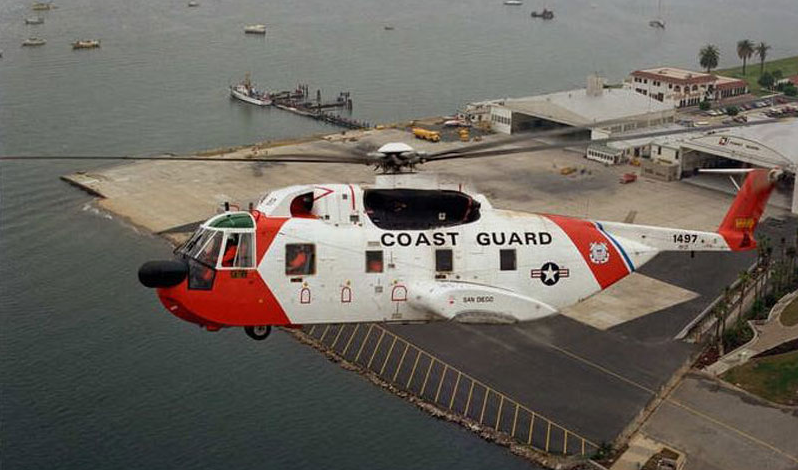
Boeing Vertol CH-113 Labrador
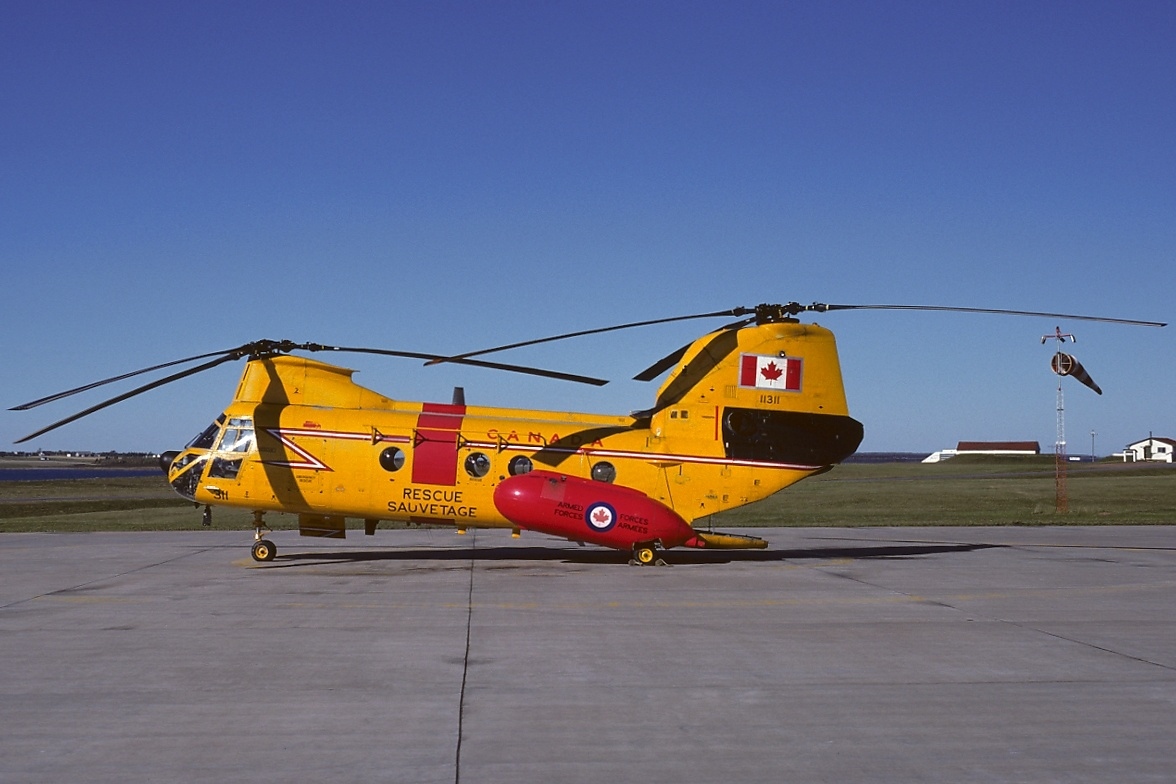
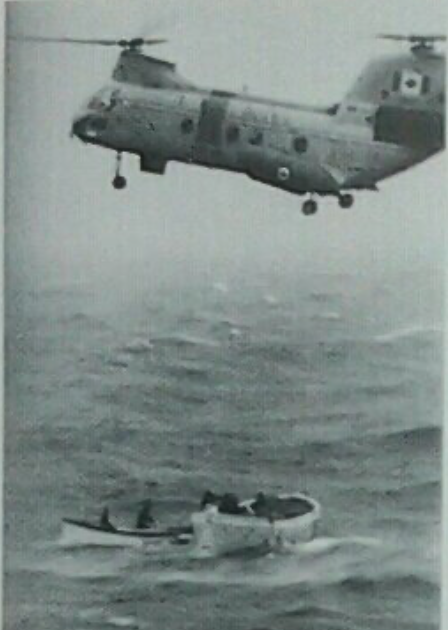
This aircraft is a twin-engine, tandem-rotor search and rescue (SAR) helicopter used by the Canadian Forces from 1963 until 2004. It was a variant of the Boeing Vertol CH-46 Sea Knight designed and built in the United States. A search and rescue version was purchased by the Royal Canadian Air Force in the early 1960s and became known as the Labrador. Soon after, the Canadian Army acquired a troop and cargo version known as the Voyageur. In the mid-1970s, these army machines were replaced by CH-147 Chinook heavy lift and transport helicopters and the Voyageurs were transferred to the air force when Air Command was formed in 1975. They joined the Labradors on search and rescue duties and all were modified to a common search and rescue standard.
Rotor diameter 15.2 m (50 ft)
Length (rotors turning) 25.4 m (83 ft 4 in)
Height 5.1 m (16 ft 8 in)
Weight, Empty 5,104 kg (11,251 lb)
Weight, Gross 9,706 kg (21,400 lb)
Cruising Speed 253 km/h (157 mph)
Max Speed 270 km/h (168 mph)
Rate of Climb 465 m (1,525 ft) /min
Service Ceiling 4,265 m (14,000 ft)
Range 1,100 km (684 mi)
Power Plant Two T-58-GE-8F, 1,500 shaft hp turbines
De Havilland Canada CC-115 Buffalo
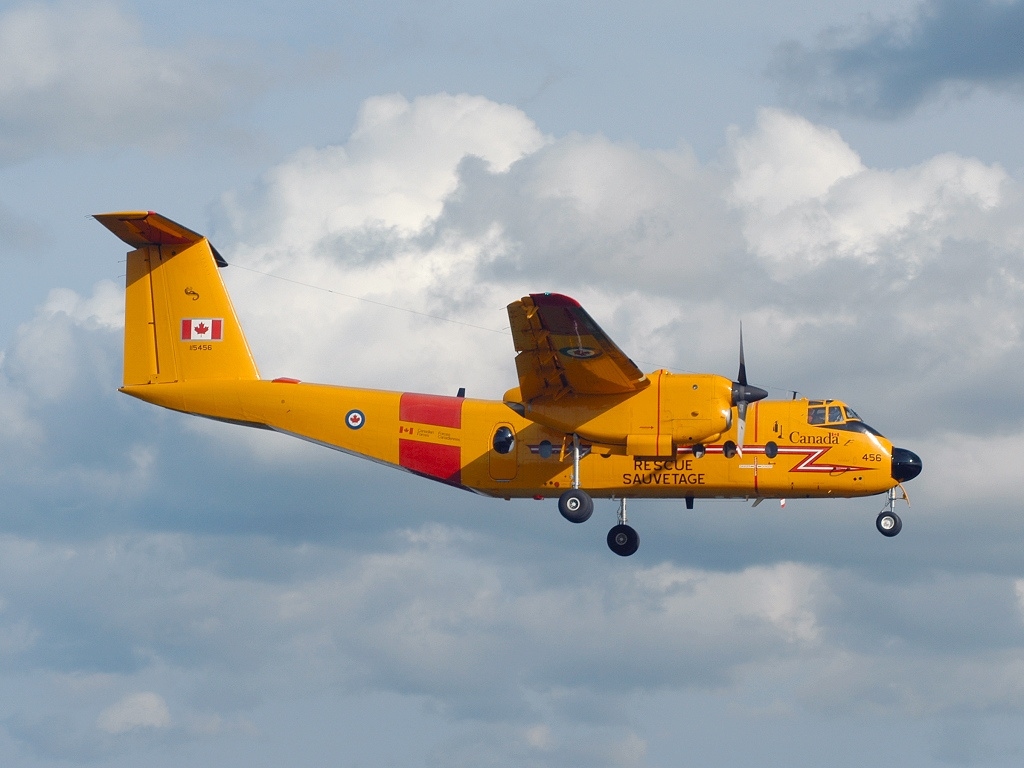
The CC-115 Buffalo plays a critical role in supporting life-saving search and rescue missions. Its agility and all-weather capabilities are well suited for the rough and mountainous terrain on Canada’s West Coast and in northern operations.
The Buffalo is a utility transport aircraft that can take off and land on the most rugged strips as short as a soccer field. It serves a vast territory from the British Columbia / Washington border to the Arctic and from the Rocky Mountains to 1,200 kilometers out over the Pacific Ocean.
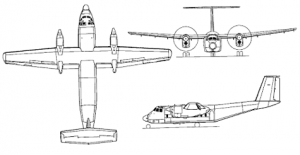 Length 24 m
Length 24 m
Wingspan 29.25 m
Height 8.53 m
Empty weight 12,474 kg
Maximum gross weight 19,560 kg
Maximum speed 420 km/h
Range 2,240 km
Locations Comox, B.C.
This aircraft is used for Search and rescue
Canadair CP-107 Argus
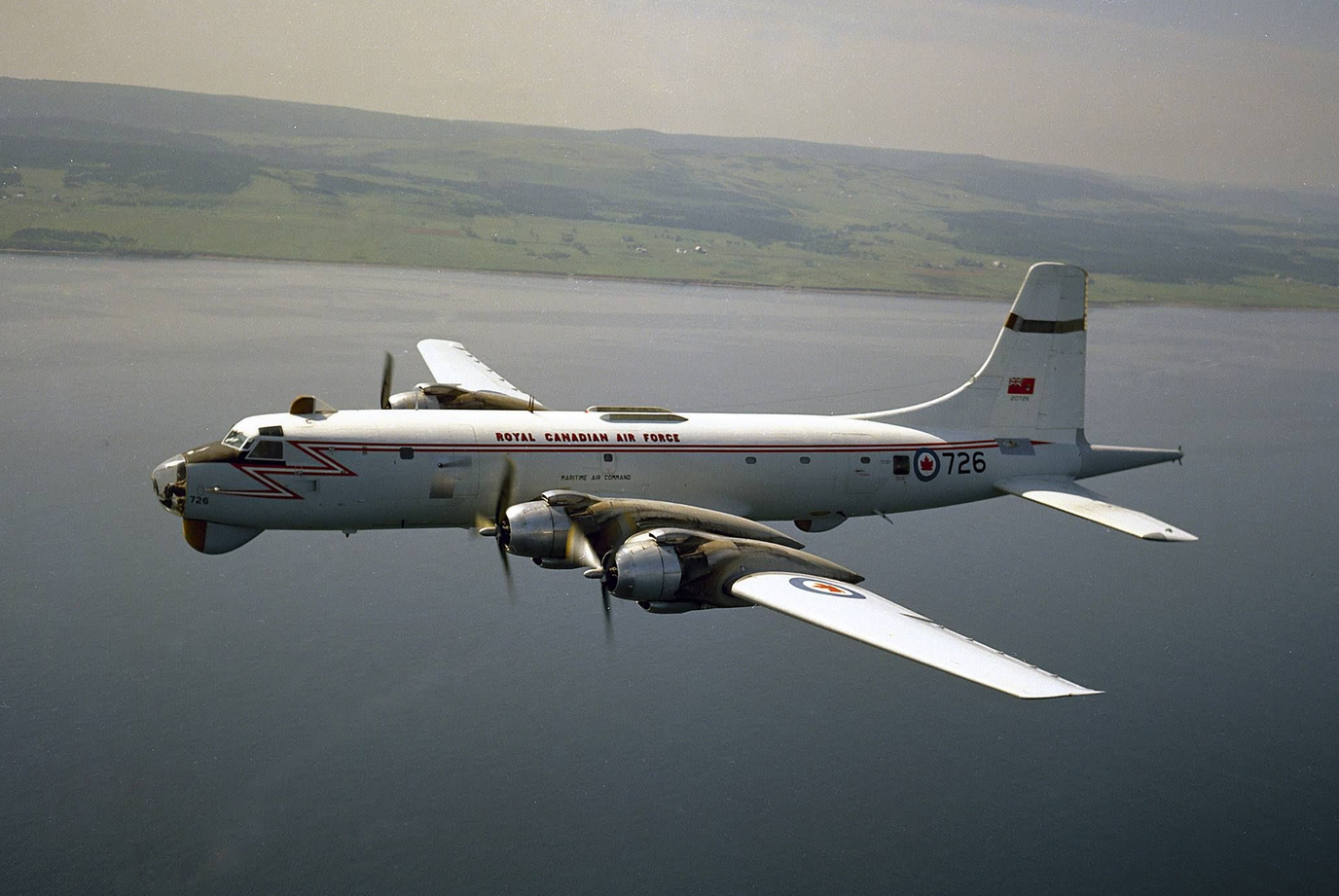
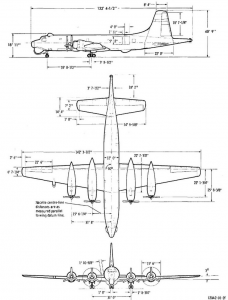 The Canadian-built Canadair Argus was a unique hybrid that married the wings, tail surfaces and undercarriage of the British-designed Britannia transport to a completely new Canadian-designed, non-pressurized fuselage that was equipped with different American-designed engines. One of the most effective anti-submarine warfare aircraft of its day, the Argus was a mainstay for the RCAF in the maritime role. The principal difference between the Mark I and Mark II was in the different internal navigation, communication and tactical electronic equipment. Externally, the Mk II exhibited a redesigned smaller nose radome and additional ECM (electronic counter measures) antennae above the fuselage. The Argus replaced the Lancaster and Neptune aircraft types previously flown in the maritime roles and, eventually, the Argus was itself replaced by the current CP-140 Aurora aircraft.
The Canadian-built Canadair Argus was a unique hybrid that married the wings, tail surfaces and undercarriage of the British-designed Britannia transport to a completely new Canadian-designed, non-pressurized fuselage that was equipped with different American-designed engines. One of the most effective anti-submarine warfare aircraft of its day, the Argus was a mainstay for the RCAF in the maritime role. The principal difference between the Mark I and Mark II was in the different internal navigation, communication and tactical electronic equipment. Externally, the Mk II exhibited a redesigned smaller nose radome and additional ECM (electronic counter measures) antennae above the fuselage. The Argus replaced the Lancaster and Neptune aircraft types previously flown in the maritime roles and, eventually, the Argus was itself replaced by the current CP-140 Aurora aircraft.
Designation CP-107
Model number CL-20
Marks Mk I, II
Role Anti-submarine warfare (ASW)
Taken on strength 1957
Struck off strength 1982
Number 33
Service RCAF and Canadian Armed Forces
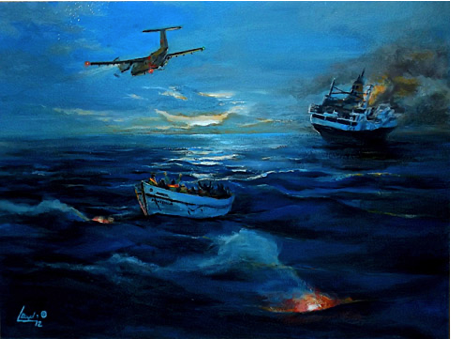
¹ “night sun” refers to the Spectrolab Inc. Nightsun® high-intensity searchlight for aircraft.
© 2020, Sean M. Cross
